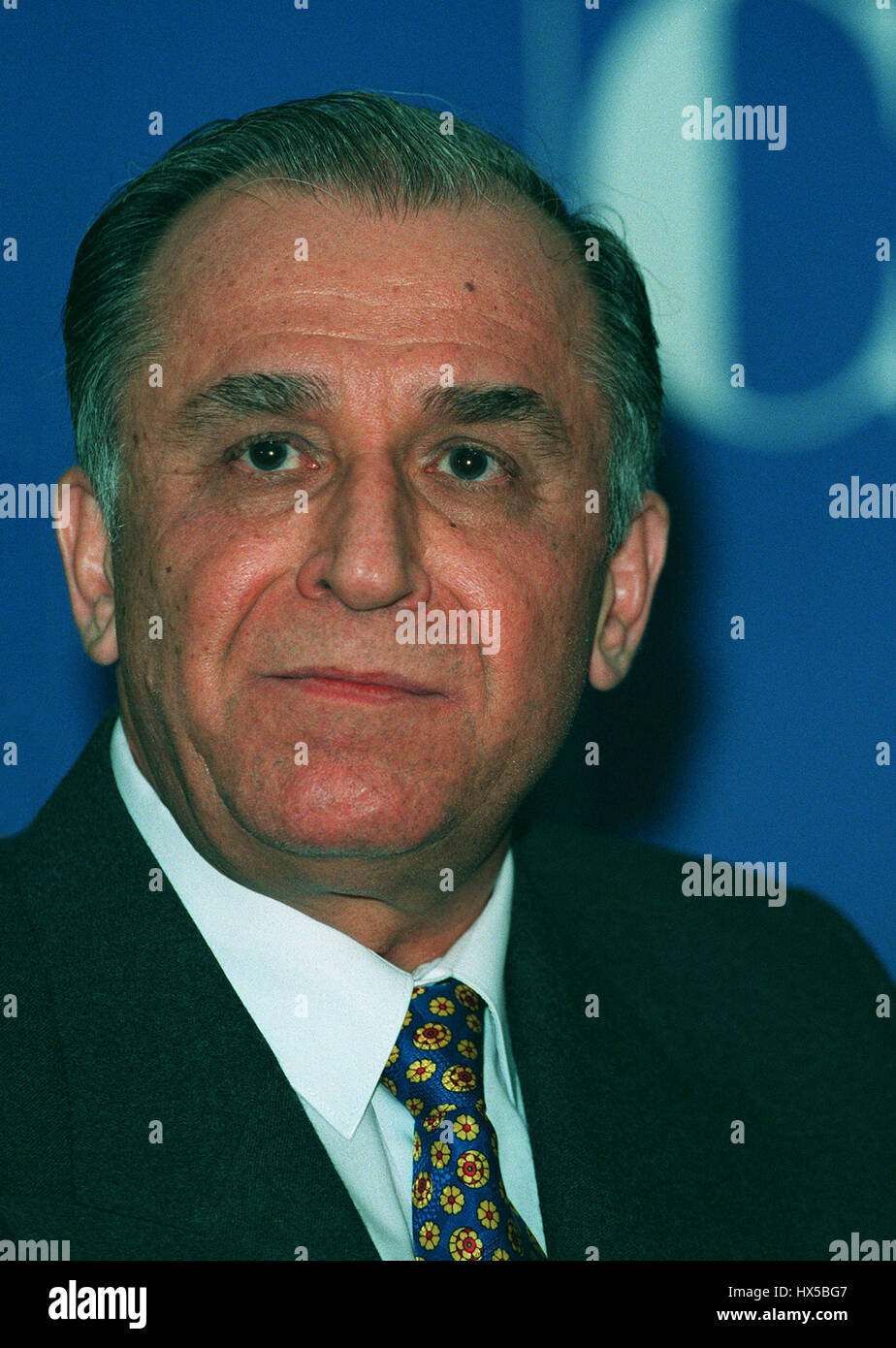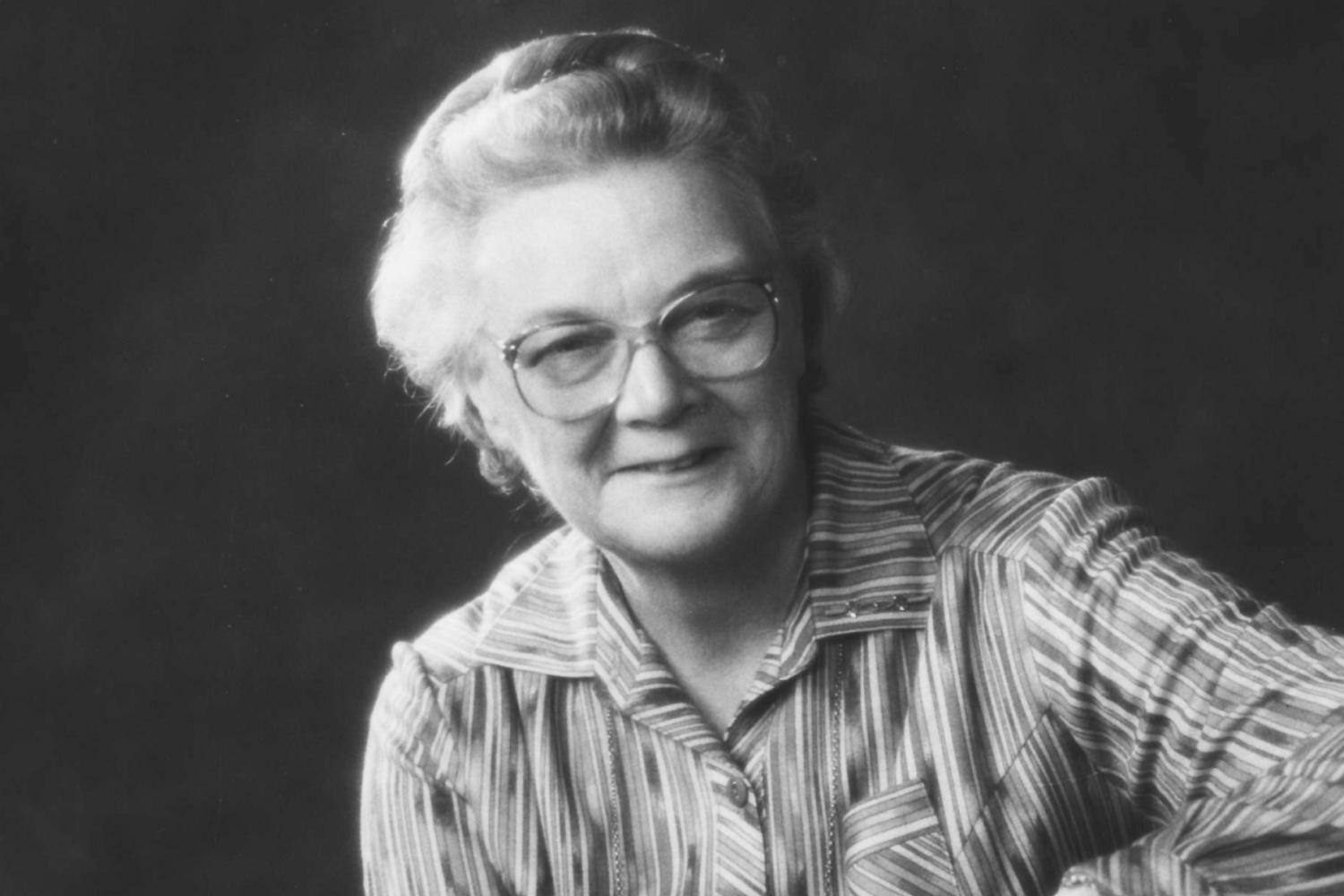Ion Iliescu: A Key Figure in Romania’s Political Landscape

Introduction
Ion Iliescu, a prominent figure in Romanian politics, has served as the country’s president and played a pivotal role in the post-communist transition of Romania. His influence has been felt not only in the political realm but also in the social and economic transformations of the nation. Understanding Iliescu’s journey is crucial for grasping the complexities of Romania’s contemporary history and its political dynamics.
Early Life and Political Rise
Born on March 3, 1930, in Oltenita, Romania, Iliescu became involved in politics at an early age. After joining the Romanian Communist Party in the early 1950s, he climbed the ranks to become a significant player in the party’s structure. His political career gained momentum after the fall of communism in 1989 when he emerged as a leader of the National Salvation Front, a political coalition formed to guide the country towards democracy.
Presidency and Key Events
Iliescu was first elected President of Romania in 1990, a period marked by significant upheaval as the country navigated its path to democracy. His tenure was characterised by economic challenges and social unrest, including protests against austerity measures. He served two non-consecutive terms, with his second term beginning in 2000 amidst a backdrop of crisis and public discontent. Iliescu’s government focused on stabilising the economy and integrating Romania into European structures, which culminated in Romania’s accession to NATO in 2004 and EU membership in 2007.
Legacy and Controversies
Despite his contributions to democratic development, Iliescu’s legacy is mixed. He has faced criticism for his handling of civil uprisings and accusations regarding human rights violations during the 1990s. Many Romanians remember him for the turbulent times during his presidency while others acknowledge his role in steering the country towards the West.
Conclusion
Ion Iliescu remains a controversial yet significant figure in Romanian political history. His leadership during critical growth periods from communism to democracy encapsulates the struggles and resilience of the Romanian people. As the country continues to evolve, reflecting on Iliescu’s impact offers insight into the broader themes of leadership and governance in transitional societies. Future generations of Romanians will continue to grapple with his legacy while striving for a more stable and prosperous future.
You may also like

Boris Johnson: A Look at His Current Political Landscape

Baroness Longfield: A Voice for Children in the UK
